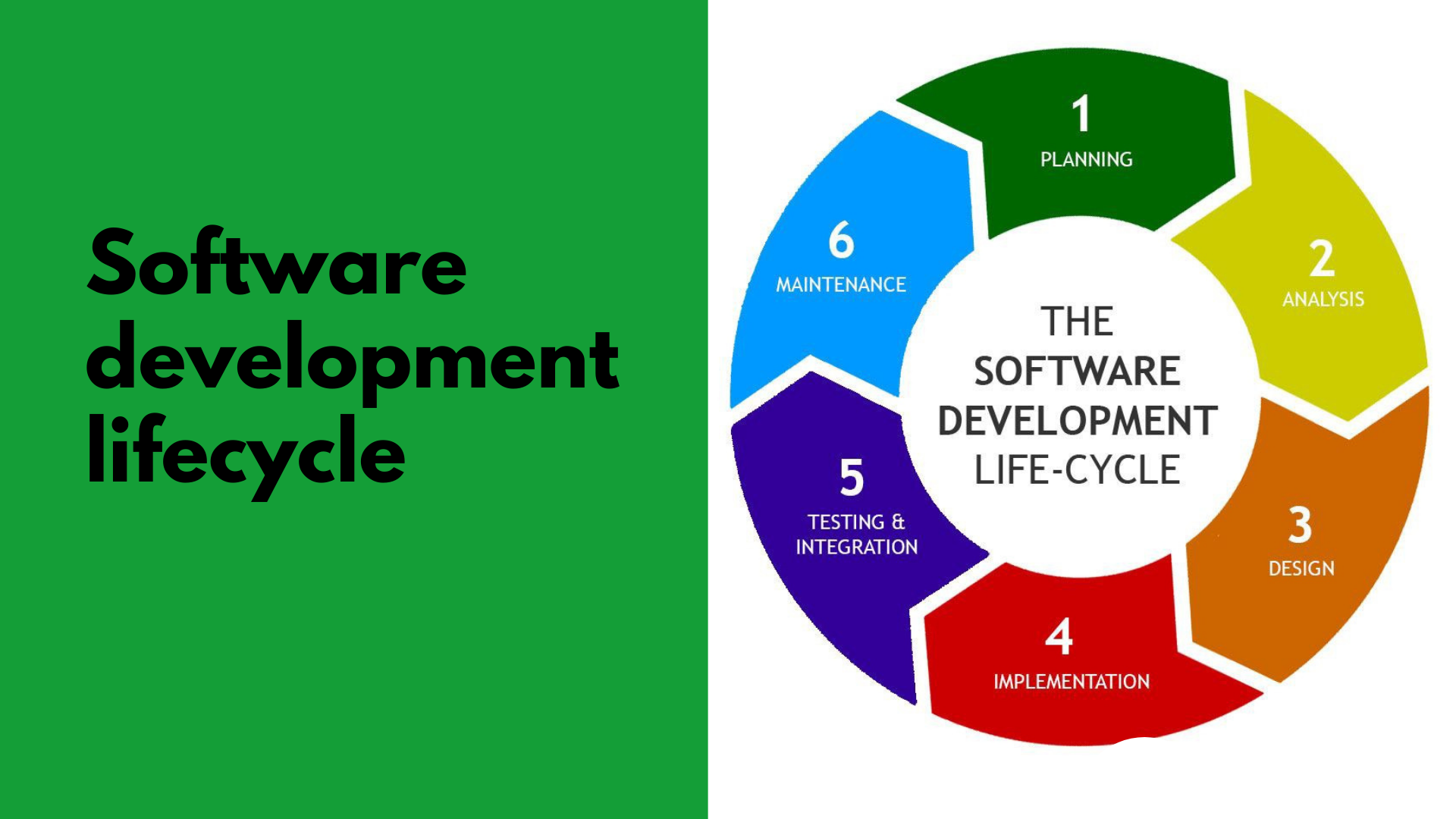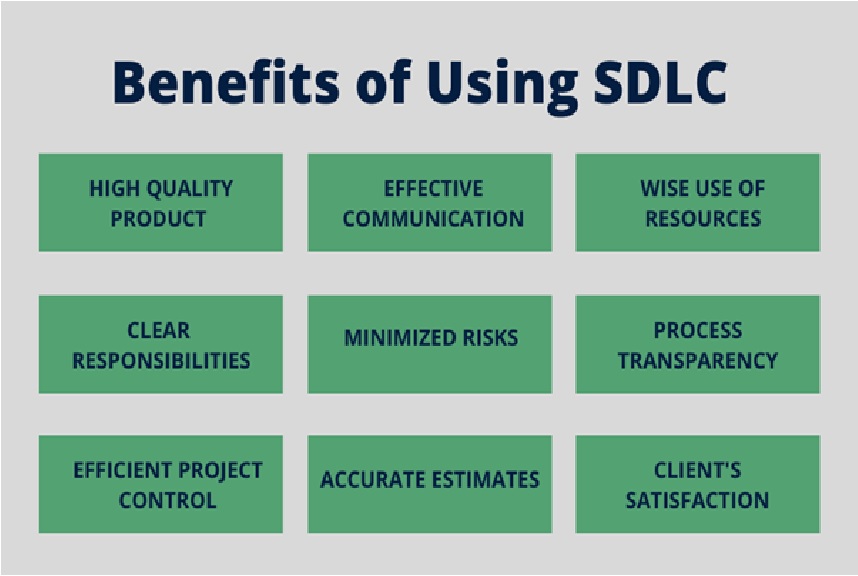
What is a Software Development Life Cycle and Why Is It Important?
Finding a reliable IT outsourcing company to help you fulfill your business needs is only part of the journey. If you want to get a quality product on time, you should pay attention to the development process. When you dig deeper, you'll discover that software product development is a highly organized process with specific protocols and well-defined steps called the Software Development Life Cycle (SDLC). Whether you need a sophisticated technologic system, end-user web or mobile app, your successful project delivery depends on a set of rules and actions followed by the development team.
What Is SDLC and How It Works
First introduced in the early 1970-s, SDLC has evolved and now fits the diverse needs of software development teams. Today, this framework is used to reduce time-to-market while building intuitive software for clients. It helps connect tech, non-tech team members and business owners to transform an idea to a unique software product or solution. Basically, SDLC is a detailed checklist describing all the stages the company goes through to develop software: from gathering requirements to creating a new product and maintaining it in the market.
If you've had bad luck working with outsourcing companies and didn't get what you needed in the end, most likely, the wrong development process was the problem. With the correctly built development cycle which takes into account all possible nuances, team experience and skills of each team member, the results would impress you. At Civenty, we have 6 years of experience in web and app development and believe in the Agile mindset. In addition to meeting the clients' needs, our approach makes the whole software development process visible and easy to manage.
We adopt the SDLC framework because:

How We Organize Software Development Life Cycle in Civenty
1. Gathering requirements
At the first stage, we try to identify the answers to such questions: “What does the client need? What can be done for this?” “Should we create a new product or renovate the existing one?” We brainstorm and get maximum information from all interested parties. It’s important for the development team to understand the deadlines and what exactly the software should accomplish.
2. Defining
This is a buffer stage between planning and acting when we analyze the requirements and ideas. Similar to planning a vacation, when you need to lay out your belongings and think about what to take with you, the defining phase helps save your time and headaches in the future. It is like a green light for your project.
3. Design
During the design stage, our developers create a “skeleton” of the project based on the requirements. They define the technologies used, tools, workflows, relationships between different parts of the project, database structures, data flows, etc. As a result, we create a software requirements specification document, a roadmap of your project, - a thorough description of what and how to do from a technical point of view. This is an ongoing document where we add everything we do. It helps our team to see if we are on the right track before we start realizing the project. At this stage, we agree on all details and provide a final price and timeline for the project.
4. Development
This is the lengthiest part of SDLC, but not the most difficult provided that the previous steps were done correctly. Once the development team gets the final requirements' specification, our software developers proceed to create the actual software. The coding tasks are delegated within the team depending on their area of expertise.
5. Testing
Does the software we’ve built actually work? That’s the question our team asks throughout the whole software development process. At Civenty, we test every single component of the system to make sure that all parts work together properly. If any bug comes up, the task is forwarded back to the development team. Testing is an ongoing process that continues until the software is free of bugs.
6. Deployment
This is the phase when the world meets your product. The free of bugs software is sent to market for beta testing. It allows checking whether the final product meets the requirements and has room for improvements from the end-user perspective. Deployment can also occur in several stages when we release only the parts of your product to check if they are workable. Our team collects feedback, fixes bugs if found. After that, the final version of the product is rolled out.
7. Maintenance
It may seem that the developer's work ends at this stage, but this is not true. The created product needs to be updated periodically to ensure efficient use. If you have ambitious goals and want to improve your web product constantly, our team is ready to help you maintain the system and implement all needed updates. Maintenance is not the final stage of the software development life cycle. If the product continues to develop, the cycle starts over again.

There are different software development life cycle models, including the most common Waterfall, Agile and Scrum, that allow to plan a software development process effectively and make it predictable. No matter which model the development team chooses, the phases of SDLC remain the same as well as our ultimate goal - creating and maintaining the best possible product.
Using the SDLC framework is not enough without establishing good relations with the client which is a primary goal for Civenty. Our team strives to create customer-focused software. We do understand the needs of the client, clarify all minor details and listen to all opinions and ideas. Keeping abreast of market trends, our team is always here to give you valuable advice to improve your product/service and make it even more convenient and profitable. New technologies, development methods, popular features and customer preferences - we keep an eye on new trends to deliver quality software.
Takeaways
When done right, the software development life cycle provides the highest level of documentation and control over the project. Developers work effectively because they are informed and guided on what exactly they need to create and why. As all parties agree on the goals upfront, they have a clear action plan for achieving the result. However, SDLC is only a starting point of the efforts. In every developing company, it should be tailored according to the unique needs of both parties.
Our team is ready to talk to you about your project and we look forward to discussing your specific requirements or to answer any questions you may have.